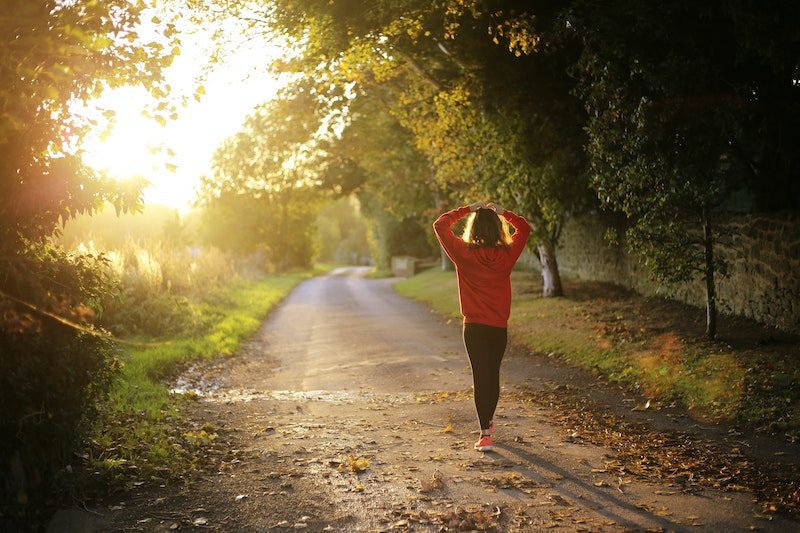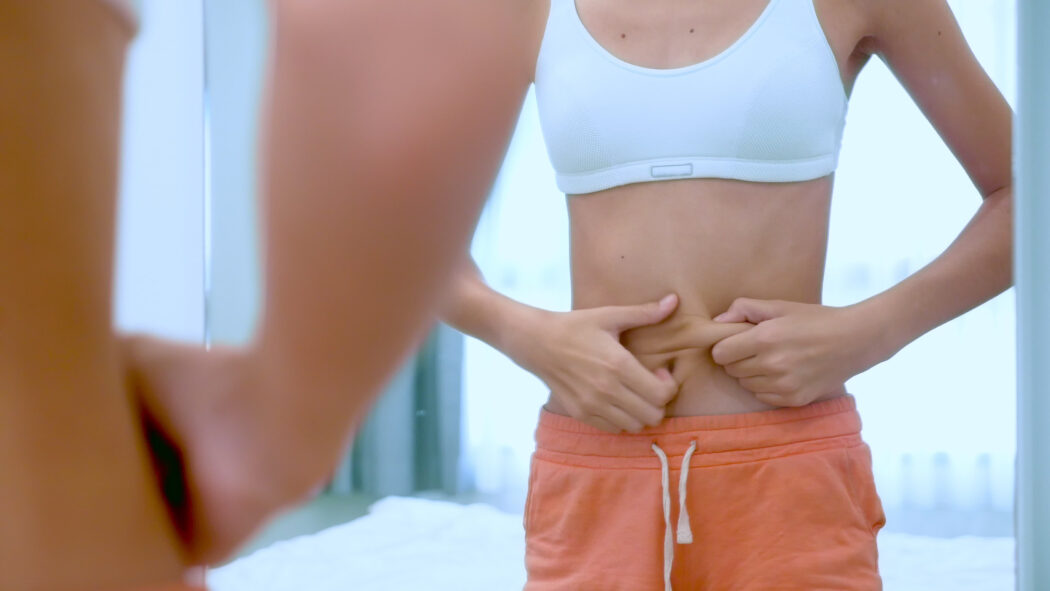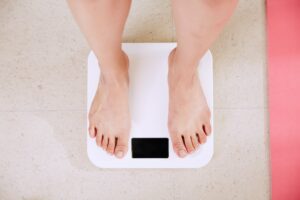The mentally draining clutches of COVID-19 in 2020 and 2021 meant that discussions surrounding mental health became universally more pervasive and de-stigmatised. However, as society begins to enter a more COVID-normal life in 2022, it is important that we continue to prioritise their mental health the same way we have had to for the past two years – and this is how.
For many, a new year means new resolutions, new goals, and a seemingly fresh start. Essentially, to use the age-old phrase, many approach January with a mentality of “new year, new me”. This isn’t an inherently damaging ideal. However, these new goals are often centred around the same aspects of life: starting the gym, eating clean or starting a diet, cutting out alcohol, managing finances or losing weight. Evidently, a survey demonstrated that 78% of Australians have set financial goals as their new year’s resolution, 30% have pledged to change eating habits and exercise more, and a further 28% have made resolutions to lose weight.
Conversely, only 8% of Australians made resolutions that prioritised their mental health, like meditation and practicing mindfulness – a significantly lower percentile than that relating to physical and financial goals.

Although 2020 and 2021 brought an emotional whirlwind of lockdowns, confusing vaccine rollouts and a seemingly never ending pandemic cloud floating over our heads, discussions surrounding mental health are more public than ever, with public health officers, professional athletes, celebrities and children collectively trying to break the stigma surrounding mental health – reiterating that it is okay to struggle. After all, 1 in 5 Australians will experience a mental health disorder in any given year.
Despite the renewed sense of optimism of 2022, with the promise of no more lengthy lockdowns and drawn-out restrictions – the pandemic is still upon us, and it is likely that many individuals still feel the weight of that on their mental health, despite being back to their “COVID-normal” busy schedules. Here are three ways – or belated resolutions – that will help you keep your mental health as a priority this year.

Lead with compassion rather than criticism
Compassion and self-compassion are some of the greatest ways to be kind to yourself, and in doing so, putting your mental health first. Broadly, being self-compassionate involves acknowledging negative emotions, mistakes and faults with kindness, rather than with criticism and judgement. Essentially, it can be separated into three components: self-kindness, common humanity – in the acknowledgement that suffering and failure are a universal experience – and mindfulness.
Research has shown that individuals who practice self-compassion have a direct correlation with lower levels of mental health symptoms, whereas lower levels of self-compassion resulted in higher levels of psychopathy. Moreover, it has been evidenced by a myriad of studies that self-compassion can have a wide scope of positive results as an extension of improved mental health: increased motivation, happiness, improved body image, enhances self-worth and fosters resilience.

One strategy to increase your self-compassion this year, is implementing self-love affirmations into your daily routines. Whether you have one affirmation that you tell yourself each morning, or a different one for different days, having a few phrases or mantras to counter negative thoughts is a good way to introduce the idea self-compassion into your life and in doing so, make your mental health a priority.
Narrow your focus and “just be”
When there are so many different factors that influence health and wellbeing, it is less overwhelming to focus on just a couple of those. Lisa Henderson, professional counsellor and mental health service provider, spoke to Forbes Health about her focus on “meaning making” to prioritise her mental health. She notes that it is easy to get consumed and overwhelmed by busy work, and in doing so lacking productivity, impact, and progress.
She notes that when she takes a step back, breathes deeply and prioritises the work that lead to the most impact and productivity – despite how busy it might make her, she feels fulfilled.

The New York Times reflected on this concept in May 2021, referring to this meaningful and impactful living as “flourishing”. After “languishing” was used to define the universal sense stagnation people were feeling during the pandemic, the term “flourishing” began to emerge as the opposite – a contentment and fulfilment with life that everyone hopes to achieve.
As part of one’s journey to flourishing, finding a sense of meaning and purpose among life’s busy tasks is a key strategy. In line with Henderson’s perspective, reframing the way you think about your busy schedule can improve the level of satisfaction and meaning associated with completing work. Some ways to do this include deepening workplace relationships and reminding yourself about what your job does to help others.
By changing the way you think about your tasks, you can alter the way they make you feel and in turn, help elevate your mental health – without trying to find a spare hour in your busy schedule to practice mindfulness, meditation or exercise.
Know that you’re not alone
Many individuals who are struggling with mental health, are known to suppress these emotions and attempt to carry on with their lives as normal – despite their potentially reduced capacity to operate effectively. Professionals note that this can often lead to other ways of coping that are unhealthier – like alcohol or drug abuse, emotional eating or shopping.
As mentioned above, 1 in 5 Australians are said to experience a mental health disorder in any given year. This statistic demonstrates that even though you may feel like it – you are not the only one suffering from poor mental health and talking openly about it is not something to be ashamed of.

One way to reinforce this in your lives is to speak openly about your struggles to loved ones – so that it is not something you feel as though you must hide. By letting your family and friends know that you are having a hard time, it relieves some of the pressure to be performing at your best and gives you time to seek help. As mental health issues become more de-stigmatised, many workplaces are also vouching for the normalisation and acceptance of “mental health days”, so as to relieve the shame attached to taking time for oneself and prioritising mental health.
If one good thing can be taken from our collective suffering in 2020 and 2021, it is the open discussions and focus on individual’s mental health – and a greater understanding of the amount of people who struggle with mental disorders. Whether our lives continue to be consumed by lockdowns and a pandemic or not, the need to protect our mental health will never be diminished, and by implementing some of these strategies and outlooks outlined here – regardless of if you think you need it – your mental health will thank you.

As always, if you feel as though you need to reach out for help, there are a number of services at your disposal:
Lifeline
24 hour telephone counselling service. Phone: 13 11 14 or Text: 0477 13 11 14 6pm – midnight AEST
www.lifeline.org.au/(link is external)
Kids Help Line
Confidential and anonymous, telephone and online counselling service specifically for young people aged between 5 and 25. Phone: 1800 55 18 00
www.kidshelp.com.au/(link is external)
Beyond Blue Support Service – Support. Advice. Action
Information and referral to relevant services for depression and anxiety related matters. Phone: 1300 22 46 36
www.beyondblue.org.au/get-support/get-immediate-support(link is external)
Butterfly Foundation
Butterfly provides support for Australians who suffer from eating disorders and negative body image issues and their carers. Phone: 1800 33 4673
thebutterflyfoundation.org.au/(link is external)










